Projects
Supporting Ministry of Labor, Health and Social Affairs in Increasing the Capacity of IT Unit
Project Description:
PMCG, under the consortium led by Tetra Tech ARD, provides support to the Ministry of Labor, Health and Social Affairs (MoLHSA) in increasing the capacity of Information Technology unit. The objective of this assignment is to assist MoLHSA to estimate the level of effort required to effectively implement a national health information system and a national eHealth strategy as well as to assess the functionality of the current Health Management Information System (HMIS) modules integrated into the Electronic Medical Records (EMR). To address the MoLHSA’s objectives, PMCG’s consultants from the fields of Information Technology, Business Processes (BP) and IT Security and Confidentiality provide the following services:
- Assessment of MS SQL databases for priority modules on the subject of performance, scalability and load forecast; providing recommendations for optimizing productivity of databases
- Assessment of a possible authentication mechanism for citizens as well as for internal users; provide recommendations to ensure compliance to the personal data protection agency requirements
- Verify that implemented integration module between EMR and HMIS are being realized according to the initial specifications; verify that the testing protocols are adequate to ensure the completeness of the modules
Background information:
The Government of Georgia seeks to improve access to quality health services for the population while simultaneously increasing health sector efficiency and accountability. A central component of this effort is the introduction of an electronic medical record (EMR) system which is anticipated to improve medical record management, health program management and the quality of patient care.
The design of a Georgian EMR was completed in late 2015. It is envisaged that the newly designed EMR will integrate varying objectives and functionality from two existing systems, the electronic hospital information system and the health management information system, for the replication of timely and accurate data into a mobile platform or patient portal providing medical, financial and statistical information to patients, health care providers and the MoLHSA.
In order for an EMR system to be part of a well-defined national eHealth information enterprise architecture, the business processes and functions of the EMR system, and the information exchange between the EMR and other systems, must be well-defined.
Follow the links below for more detailed information:
Good Governance Initiative (GGI)
Subscribe
NEWS
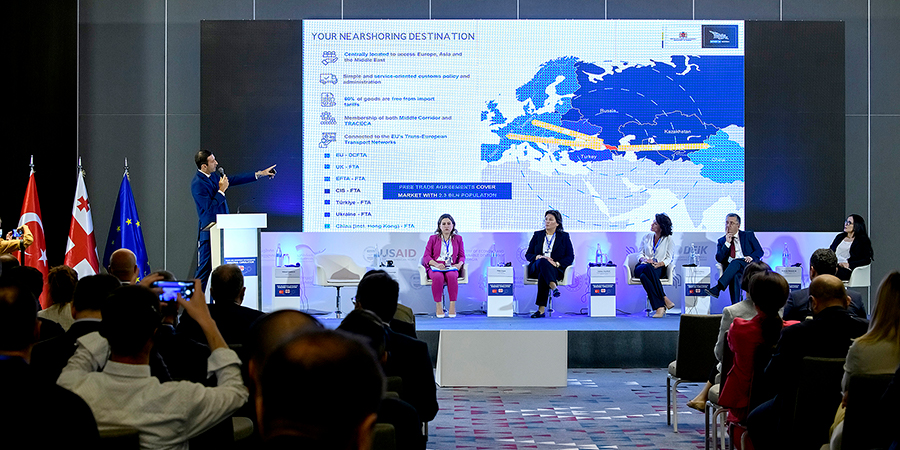
On September 9, we presented the findings of the research entitled “Investment and Export Promotion via Diagonal Cumulation between Georgia, Türkiye, and the European Union” at a forum organized by the Ministry of Economy and Sustainable Development of Georgia with the support of the USAID Economic Security Program, the EU, and GIZ.
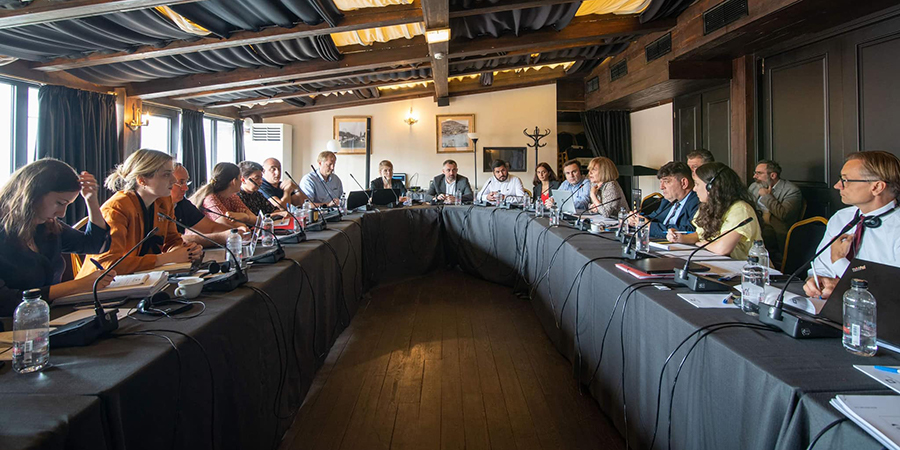
We recently started working on a new project entitled “Communal Infrastructure for Environment and Tourism Improvement - Lot 2: Accompanying Measures,” aimed at improving the living conditions of people in four Georgian municipalities (Baghdati, Vani, Samtredia, and Kazbegi) through improving the supply of hygienically-sound drinking water and environmentally-safe sanitation infrastructure.
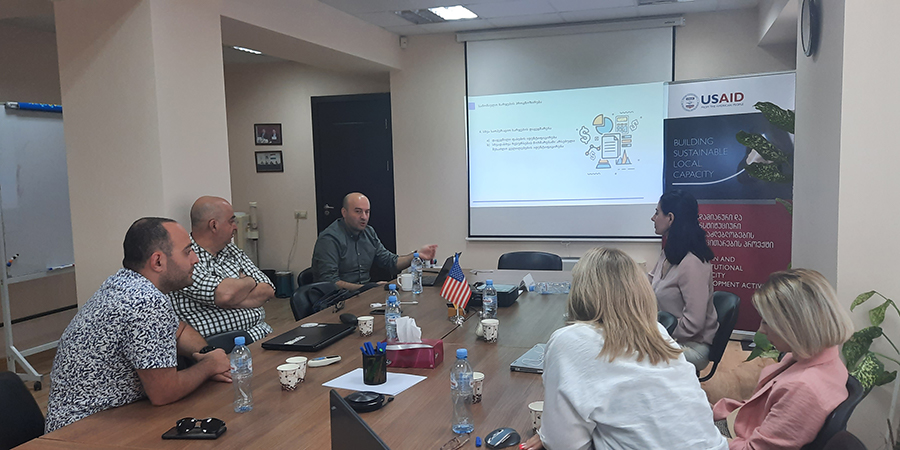
We recently completed a project entitled “Executive Roundtable (ERT) Session on Non-Profit Budgeting Process,” carried out by the USAID HICD Activity and implemented by the Kaizen, Tetra Tech company, aiming to facilitate collaboration, collective learning, and organizational development in the non-profit budgeting process with a cohort of selected organizations, including the Georgian Young Lawyers Association (GYLA), the Georgian Institute of Politics (GIP), and the Georgian Association of Social Workers (GASW).
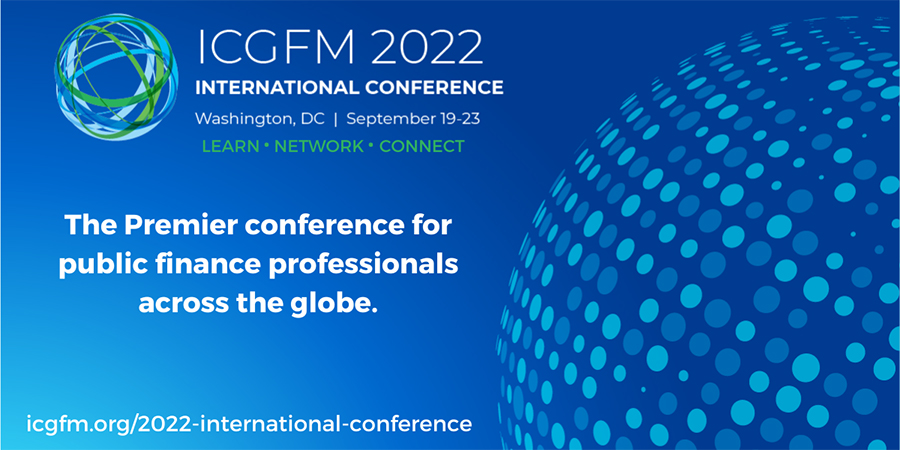
On September 19-23, the International Consortium on Governmental Financial Management (ICGFM) is hosting the 2022 International Conference at the University Club of Washington DC, offering the first opportunity in over two years for the global PFM community to gather in-person to network and connect with leading professionals and colleagues from across the world, in a unique and distinguished setting.
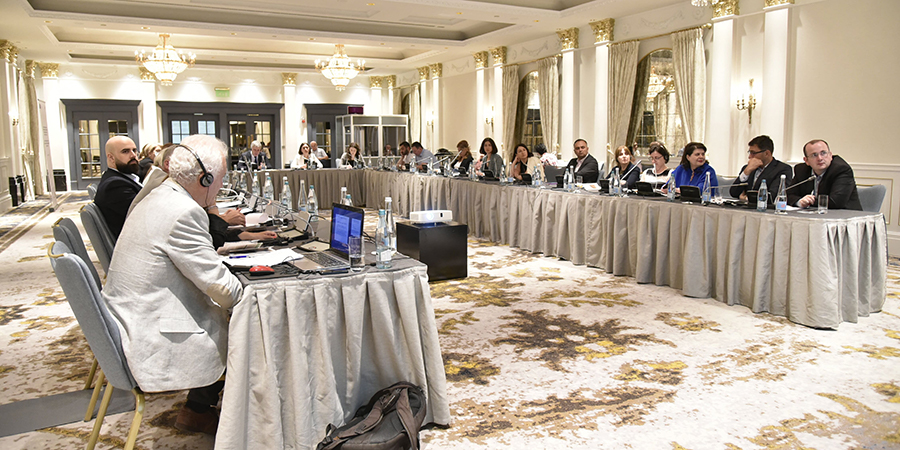
On July 28, PMCG supported a workshop organized by the EU and the Ministry of Environmental Protection and Agriculture of Georgia as part of the project “Support to Environmental Protection and Fight Against Climate Change in Georgia.”
PUBLICATIONS

In November 2025, hotel price index in Georgia decreased by 5.9% month-over-month (MoM), with the largest declines in Guria, Tbilisi, and Samtskhe-Javakheti. In November 2025, hotel price index in Georgia decreased by 4.2% year-over-year (YoY), with the largest declines in Imereti, Kakheti, and Samegrelo-Zemo Svaneti. The average price of a room ranged from 101 GEL to 390 GEL in November 2025.

In October 2025, the number of persons receiving a salary increased by 1.9% month-over-month and by 2.6% year-over-year. In October 2025, vacancies published on Jobs.ge decreased month-over-month by 12.2% and by 2.1% year-over-year. The number of vacancies in IT and programming category increased the most both year-over-year (+54.8%) and month-over-month (+5.0%) in October 2025. In Q3 2025, compared to Q2 2025, labor market expanded, as seasonally adjusted job opening rate increased and unemployment rate decreased, while labor market efficiency remained unchanged.
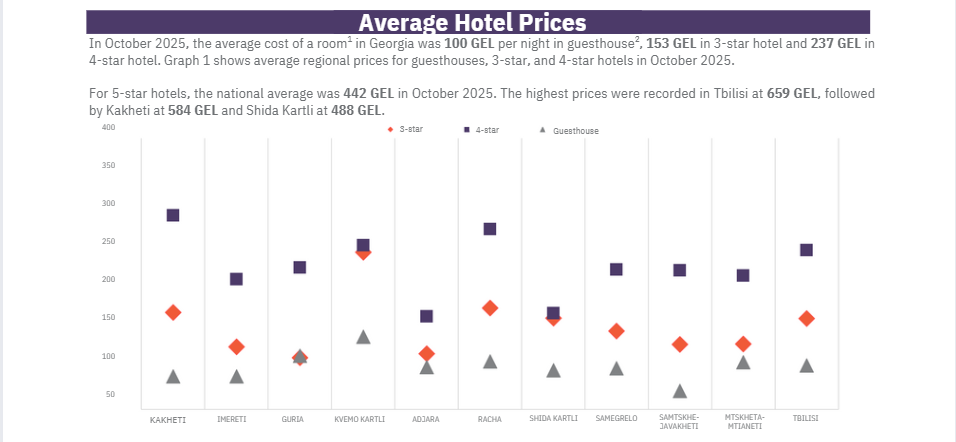
In October 2025, hotel price index in Georgia decreased by 9.6% month-over-month (MoM), with the largest declines in Adjara,Guria, and Kakheti. In October 2025, hotel price index in Georgia decreased by 2.3% year-over-year(YoY), with the largest declines in Mtskheta-Mtianeti, Samegrelo-ZemoSvaneti, and Kakheti. The average price of a room ranged from 100 GEL to 442 GEL in October 2025.
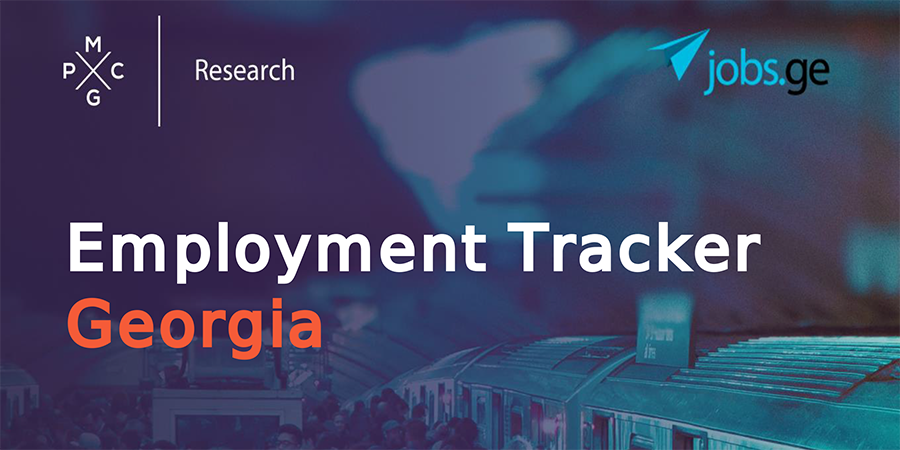
In September 2025, the number of people receiving a monthly salary increasedby 4.9%month-over-month and by 2.6% year-over-year. The total number of vacancies published on Jobs.ge increased month-over-month (+20.0%) and year-over-year (+4.7%). Over the past three months, the number of vacancies on Jobs.gein logistics declined by 4.5%, while those in management fell by 4.4% compared to the same period in 2024.
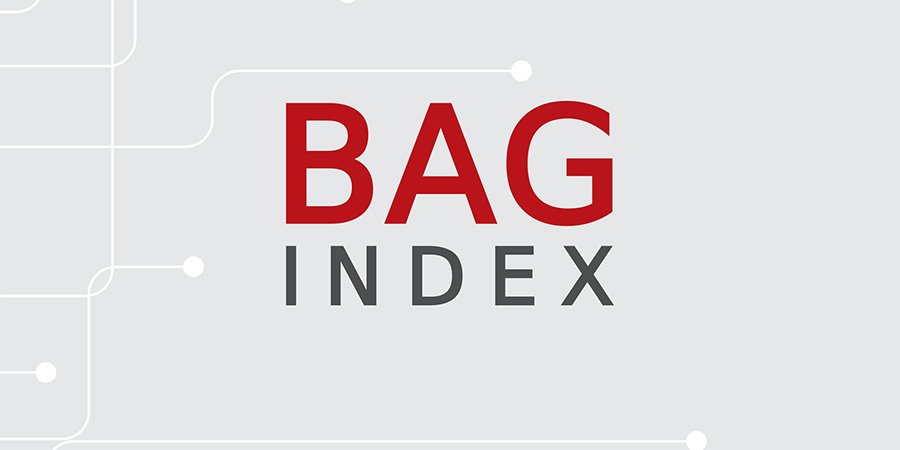
The Business Association of Georgia (BAG) Index is a joint product of the Business Association of Georgia, PMC Research Center, and the ifo Institute for Economic Research. The BAG Index summarizes the BAG Business Climate, BAG Employment Barometer, and BAG Investment Environment, which are calculated according to the assessments of the top managers of BAG member businesses and companies in their corporate group. BAG and PMC Research Center publish the BAG Index on a quarterly basis from Q4 2019.